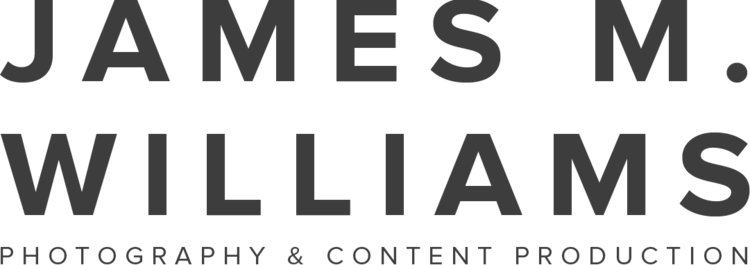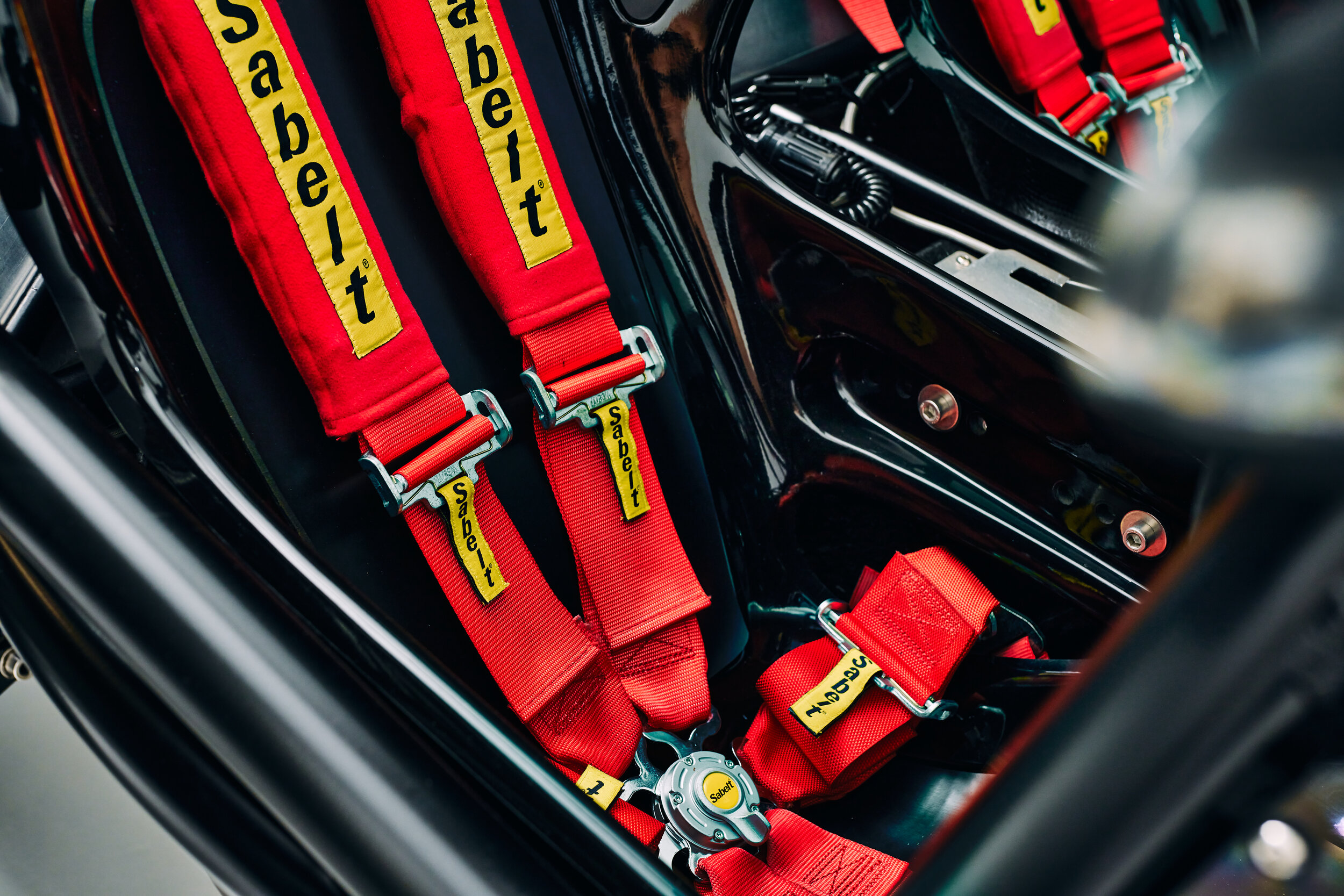When a friend of mine asked me if I would help him take some nice pictures of his rather spanking looking Ariel Nomad, naturally my cogs started to turn. Since we took over the studio in Bournemouth back in Feb 2021 I’ve been itching to get a car onto the infinity cove for a number of reasons.
Firstly, because I love cars (and automotive photography). Without a studio it’s pretty difficult to shoot anywhere except quiet roads, car parks and the such-like. I love shooting cars out in the real world, but it can be very tricky without the help of one or a few people to move the car, assist with lighting, keeping the car clean etc etc. Of course, you can just use natural light - but I’ve always loved the idea of shooting automotive in a much more crafted way.
Secondly, having never shot a car in our very own studio, I thought it would be greatly beneficial to go through the motions of actually getting a motor in here, moving it around, lighting it and shooting it. That way I can get a much better understand of the limitations of the space, the challenges and issues involved when shooting large subjects (such as cars).
Thirdly, for fun. It feels like it’s been months since I shot something non-commercially, just for the sake of enjoying photography. Sometimes you just need to go back to what you love and shoot for the sake of shooting.
Fourthly, equipment tests. I’ve made a few investments recently that I havn’t really had the time to really put through their paces. Most importantly being the Godox AD400/AD600 flash heads and also the Drop-in Filter Mount Adapter EF-EOS to RF with Polarising filter.
Finally, to help a mate out of course. I wanted to create some really lovely photos that would not only represent how awesome his beloved Nomad is, but also for him to treasure for the future and look back on with fond memories.
I know, there are lots of reasons there, but honestly shooting this car was so valuable and it was amazing to be able to experiment without limitations - that’s often when I found I learn the most.
So, about that first point. I love cars. Particularly performance cars. Personally I’ve always enjoyed cars with a healthy mix of performance, reliability and convenience. From a modified Golf GTI mk5, Golf R 7.5 and BMW M350i, the cars of my past (and present) are fun but fairly sensible. The Nomad from the Ariel Motor Company is anything but sensible however. It’s actually completely bonkers and how it’s even road legal boggles my mind. I’ve only had the joy of being a passenger, but I can tell you from first hand experience that this thing is an absolute weapon, but it does require driver skill. No ABS, no power assisted steering, naturally aspirated engine and the windows are optional; this car is a raw example of what was joyful about classic motoring before the days of traction control and sophisticated computers keeping you on the road (or the dirt track). It’s very direct, and visceral. It provides you with the kind of feedback that will tell you precisely what each wheel is doing, where the weight of the car is and how much traction you have (or don’t have in a number of smile-inducing moments).
The second point about having not shot a car in the studio. Well, it felt about time. I’ve shot lots of products in the studio, but never something as big as a car. I’ve shot cars for fun out in the wild and I’ve shot Marine commercially, but never in a controlled environment like a studio. For these shots I wanted to use the white infinity cove and have the car sitting on a white/light grey background in order to contrast against the black paintwork and to further make the red accents pop. I typically like to add lots of mood and drama to my shots by using extreme low key lighting and it’s a style I’d still love to explore with automotive, but for this set up I think it works. What do you think?
About the third point - not shooting anything for fun for a while. I mean, I consider all my work to fun - commercial or not. And I consider myself very fortunate to have a job that I love doing. However, there is something freeing about just shooting for the sake of shooting. Just to make something look awesome and to do it for the joy of photography. Both my friend and I had a really awesome time shooting this car, so I’d consider it a great success in that respect.
It doesn’t really matter what anybody tells you, your equipment does matter. Why else would studios, photographers, production companies etc invest millions of pounds in good gear to get the job done correctly? Having said that, there are areas where you can save a few pounds, but like everything in life it’ll come with a compromise. I was considering for long time investing a lot of money in ProFoto strobes. And I kind-of still am. But not immediately and the reason being is I’ve been so impressed with the Godox AD400/600 heads that I recently picked up. I’ve not carried out any truly scientific tests with the exception of measuring them with the Sekonic Spectromaster C800 for CRI, colour balance and tint, all of which were pretty damn impressive results for their relatively low cost.
However, I’ve used them a few times on jobs in the studio now and each time I’ve been very impressed and shooting the nomad was no exception. I don’t want this to turn into a review of these flash heads so I’ll put it simply: using them on this shoot they provided very consistent power outputs with excellent quality of light. However, on this shoot and previous shoots I have had a few issues with them which I did kinda expect based on their price point. The main issue is occasionally one head just won’t fire - and it seems to be totally random. It wasn’t just one head, it was random heads at a time. This issue is pretty infrequent, but when it did happen it’s very annoying and could only be fixed by turning the head off and on again. On previous shoots we’ve also managed to overheat them by firing lots of shots after another which resulted in them needing cool down time. For most of my work though these small issues can be overlooked when they costs as little as these Godox lights do!
The proof is always in the pudding and I really like how these images came out. That is a testament to the quality of these affordable strobes.
Scroll to the bottom for the full equipment used on this shoot.
The other gear I wanted to check out was the Drop-in Filter Mount Adapter EF-EOS to RF with Polarising filter. I originally purchased the drop in filter mount for the variable ND filter so I could adjust ND quickly when shooting video on the R5 without having to worry about fiddly ND filters attached to the font of the lens (which keep bloody falling off). This system seemed like a beautifully elegant way of adding ND filters and turning my R5 into a mini-cine rig. More on that another time. However, I also picked up the polariser just so I could check it out and compare it to my other Hoya PL filters. I’ll keep my thoughts on this quick and simple too - it works well. Very, very well. So well in fact that it has actually made me have a second thought about my RF lenses - I’m kind of gutted I’m not going to be able to use this attachment with my new RF glass! (for obvious reason being that this mount actually increases the flange distance required for EF lenses). I am glad I kept all of my EF lenses though!
Back to the shoot. We rolled the car in and positioned it for the first shot. I quickly realised that lighting cars with any kind of direct light was not going to look good. Even if it was diffused though a large softbox or otherwise. Bounced light was key to creating the unbroken sweeping lines of light that I wanted running along the bodywork (or lack of). The lighting was actually very simple and the Godox AD400’s were bounced off large polyboards on both sides which were then diffused through large trace frames with 1 stop lee filters diffusion. For the cove I lowered the ceiling and bounced two AD400 to fill the entire infinity cove. Another AD600 was left ready with another polyboard and diffusion for when I needed just a little bit more soft light.
Moving the car was actually very easy, the Noman is quite small and extremely light so we could push it around without any issue. With a studio full of lighting equipment however it did make me acutely aware that keeping on top of my housekeeping around the studio and putting surplus lighting stands in storage would have saved us a lot of time trying to fight our way around them and constantly needing to move them out the way. I think at one point we did a 30 point turn just to get it into position, ha!
Overall I’m happy with these images. Not just the images, I think they’re good, but I still feel I could have done a lot more with them and I’d like to get a lot more creative with the light. I’m more happy with what I learnt and how well the new gear performed. I’m also really pleased that my friend absolutely loved the photos and he’ll (hopefully) treasure them for years to come.
Shot on the Canon EOS R5 with Sigma 24mm, 50mm and 85mm f1.4 DG ‘Art’ and the Canon circular polarising filter.
Lit with Godox AD400 pro + AD600 pro.
Images captured and processed in Capture One. Retouch in Adobe Photoshop.
Shot at our studio, Pro Studio Hire in Bournemouth



















